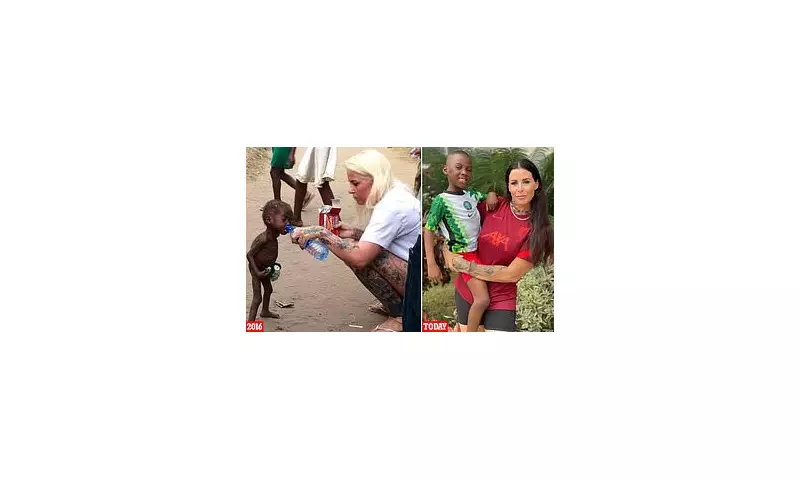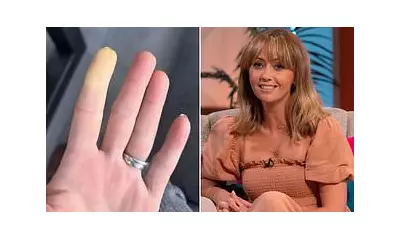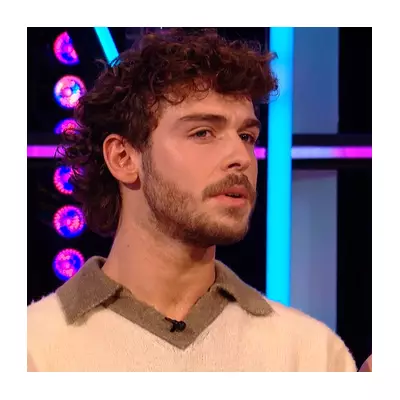
A harrowing photograph that circulated globally showed a two-year-old boy so emaciated he appeared skeletal, abandoned to die by his own family who believed he was a witch. The image of the toddler, later identified as Hope, sparked international outrage and became a symbol of the devastating consequences of superstition in parts of Nigeria.
A Fight for Survival on the Streets
Danish aid worker Anja Ringgren Lovén discovered Hope wandering the streets of Uyo, Nigeria, in January 2016. The child was suffering from severe malnutrition and was covered in sores, having been abandoned by his parents who accused him of witchcraft - a tragically common belief in some regions that leads to children being ostracised, abused, or killed.
The photograph of Anja gently offering water to the skeletal child became a viral sensation, drawing worldwide attention to the plight of so-called 'witch children' in Africa.
The Remarkable Road to Recovery
After being rescued by Anja's organisation, DINNødhjælp (African Children's Aid Education and Development Foundation), Hope's transformation began. He received immediate medical attention for his severe malnutrition and was cared for at the charity's children's centre.
"When you invest in a child, you invest in the future," Anja stated, reflecting on their mission to rescue children accused of witchcraft.
A New Life and a New Beginning
Today, Hope is a healthy, thriving eight-year-old who enjoys school, playing football with friends, and has developed a particular talent for drawing. His incredible journey from near death to a vibrant childhood serves as a powerful testament to the impact of intervention and care.
The organisation continues its vital work, having rescued numerous children from similar fates, while Hope's story remains an inspiring example of how compassion can overcome even the darkest superstitions.





